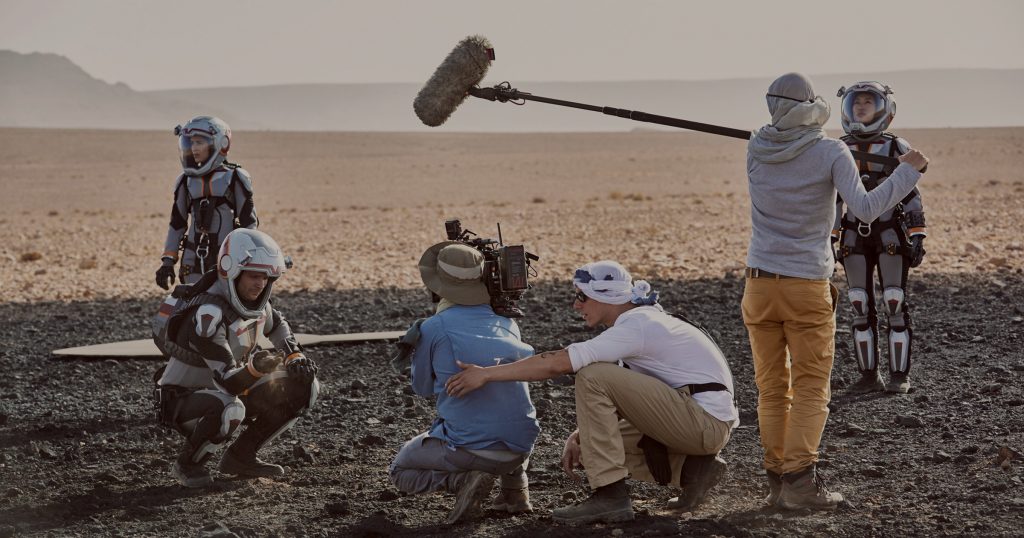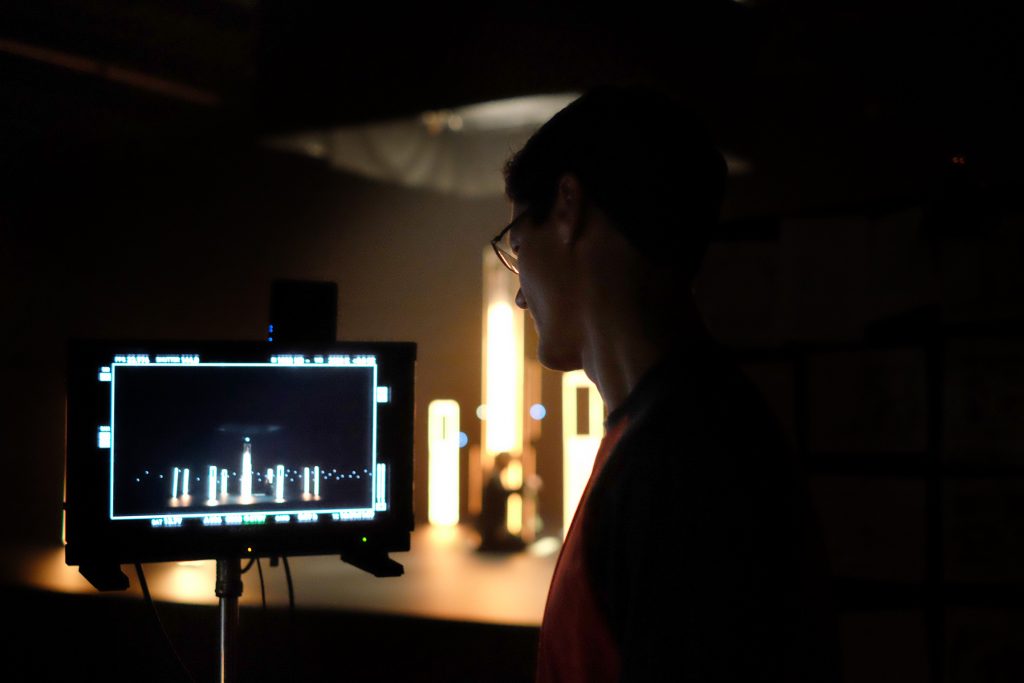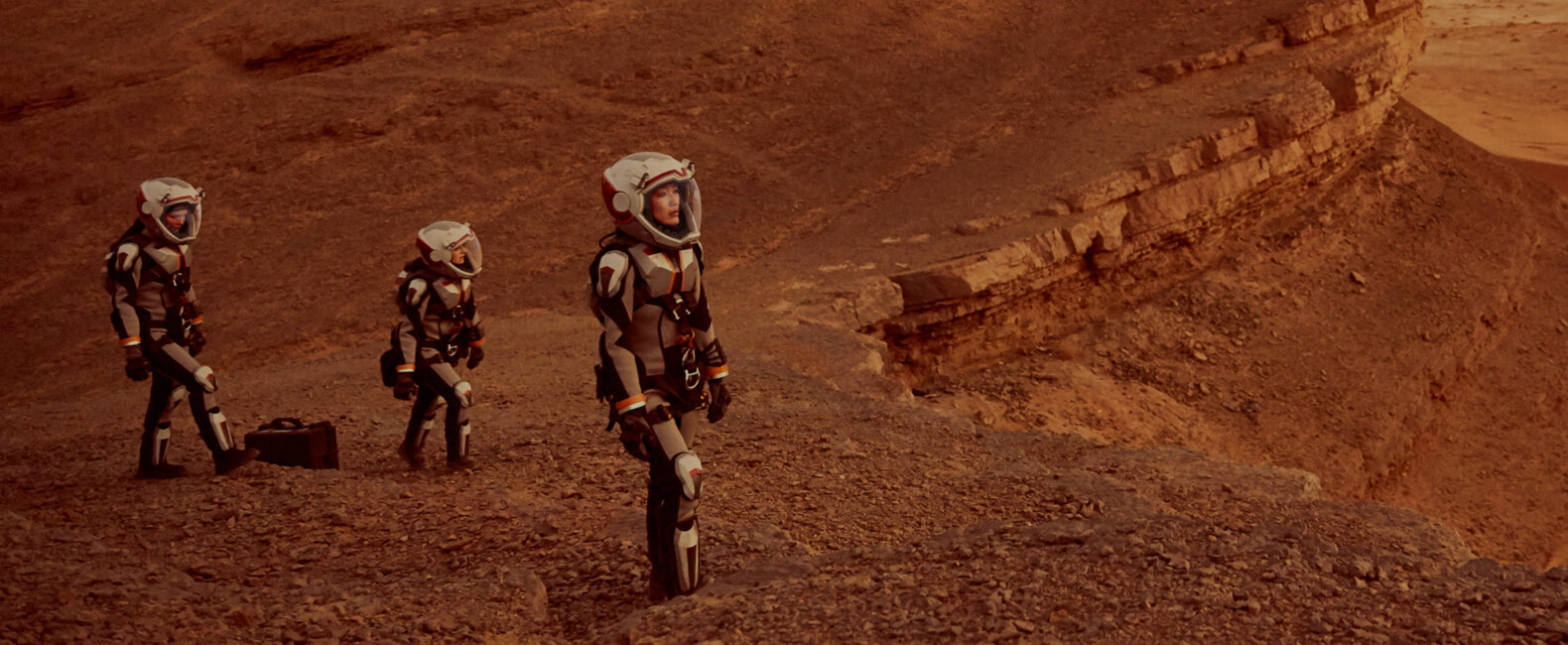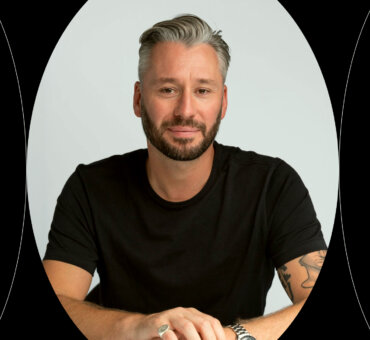Observation is an act of creation. Whether or not that’s true for the cosmos, it’s true for clichés: they don’t exist until we notice them ⎯ or someone points them out. Creative Director Andy Baker (Nat Geo, Netflix) pointed out a cool German term for this, which you can read below. But suffice it to say that clichés abound, and they’re more prevalent than ever. Which isn’t necessarily a bad thing.
We recently talked to Andy about clichés, TV promos, and the future of marketing as we know it.

Let’s start with marketing clichés. What are some that stick out to you?
Well, let me turn it around on you. What are some clichés you’ve noticed? Let’s start there.
Can’t think of any.
It’s funny how hard it is to think of what they are. It’s almost like you need someone to point them out to you before you can see them. There is a phenomenon that one of my creative directors shared with me. It’s called “Baader-Meinhof syndrome,” which is basically a fancy German way of saying “the recency effect.” Basically, once you’ve seen something you think is noteworthy, you’ll see it more. That’s how clichés are born. But sometimes it’s not a cliché to others until it’s pointed out to them. It’s all very red pill/blue pill. One man’s cliché is another man’s inspiration. It’s all relative.
The truth is, there is a good side and a bad side to clichés. The bad side is the corny or predictable side, but the good side is that clichés are familiar to people. They’re comfortable. Like a warm blanket. That’s powerful, and you can lean in to that side of the cliché and use it to your advantage. A really good promo is one that takes a cliché and turns it on its head in an interesting, creative way. You appeal to that comfort factor and then use it to surprise.

You can’t keep going back to the same well and think people won’t notice.
Is there a particular cliché that bugs you?
The writing cliché that bugs me the most is “from, to.” From “this” to “that.” It’s used all the time when people want to tie two disparate topics of a show together, yet they have no interesting way of connecting them. So they just say, “From this to that” and boom — they’re done. But that’s the problem: It’s easy. It’s a crutch. And that keeps them from finding a truly interesting, surprising connection between seemingly disconnected things.
A big visual trend about a year ago was that everything looked like the True Detectiveintro. I saw pitch treatments for a solid year that were True Detective. You can’t keep going back to the same well and think people won’t notice.
The trend now is probably Stranger Things.
It’s interesting because we’re all pulling from shared experiences. Things can seem derivative, and sometimes it’s completely accidental. In some ways that happened with our recent project Before Mars. In our film, young girls are riding bikes, talking through transistor radios, and contacting a mysterious voice. When I watched Stranger Things, we were already in production for Before Mars. I was like, “Oh, crap.” The similarities were purely random.
Maybe there are cultural moments? Two men filed for patents for the telephone on the same day. Apparently that happens a lot.
There are so many examples of that with creativity too. Two ideas come out right at the same time. For the most part, people aren’t intentionally ripping each other off. It’s just in the air. Either way, the best creative happens when you keep pressing in to an idea. Don’t take the surface-level idea. Push it a little bit further. When you’re constantly challenging yourself, that’s when the best stuff happens. You also have to stay tuned in to what’s being done around you. The key to avoiding clichés is knowing the cliché in the first place.
Don’t take the surface-level idea…when you’re constantly challenging yourself, that’s when the best stuff happens.
Let’s talk about hands in wheat.
It’s one of my favorite ⎯ or least favorite, as it were ⎯ clichés. Hands caressing wheat. It’s in so many things! Terrence Malick has done it. Ridley Scott did it in Gladiator. Basically it represents introspection. Somehow walking through a wheat field and touching the wheat has come to mean introspection. When it first came out, it was really cool. But after you’ve seen it in every sizzle reel, it starts to annoy you. It’s not cool anymore, but everyone keeps touching the wheat! The first step is to laugh about it. Laughing is how you get past it. Then you start doing other things. (Side note: Andy started a Twitter account, @HandsInWheat, to document all things hands in wheat.)
It’s the pendulum swing, right? It’s always going to keep moving, and the key is to be on the front end of that pendulum, not the tail end. Find your own voice. Figure out what you can do that won’t look like everything else on Vimeo.
With so much content being produced, do you think there’s an exponential increase in clichés? Like maybe a cliché used to last 10 years, but now you’re lucky to get a year out of one?
Stuff definitely gets burned out much more quickly. And yes, it’s because of saturation. There’s so much content. There’s so much marketing. The True Detective visual conceit was over in months. The burnout cycle is very fast now, but that’s a good thing. It means you’re constantly shifting. You can’t rely on the same tricks over and over. It’s more challenging, but that’s for the best.

If clichés represent what’s stagnated in the past, where do you think things are going from here?
At Nat
At what point does the marketing become the content?
Oh, we’re already there. Viewers don’t necessarily distinguish one from the other. And when viewers see the marketing as part of the content, it tells you that you’ve succeeded.
Maybe the only difference between the marketing and the thing being marketed is that the marketing will always be shorter.
I’d imagine so. But I’d be naïve to say I know it will always be that way. Who knows how far the pendulum will swing? Right now, it’s all about using technology and new ideas to tell a great story.

What’s so great about the age we’re in now is you get to create things that have never been done before.
You said in an email that the situation isn’t necessarily “evolve or die.” It’s “surprise or else.” Can you explain what you meant by that?
Consumers are smart. They know the clichés — maybe better than we do. So the key is to keep consumers guessing. Keep them engaged by keeping them surprised. I don’t believe the 30-second spot is gone. The bad 30-second spot is gone. People don’t have the tolerance for it anymore. As marketers, we have to think of new ways to tell stories.
One example is this big poster behind me. [Points to a big, fancy-looking poster for the Mars series] That’s about one-one thousandth of our original poster idea. It was originally going to be filled with LED lights and connected to a live signal from the Mars rover. In real time, people could see the temperature, barometric pressure, moon cycles. Basically, we wanted it to be a living poster that made Mars feel like a place that could be home. And it wasn’t just an installation. It was a real poster that could be hung on anyone’s wall. We spent a ton of time developing it, and then it didn’t work out. It was this huge swing we took because we were trying to do something different. In this case we failed, but I was OK with that because it meant we were trying for something new ⎯ something that had literally never been done before.
Sometimes it doesn’t work out, but you have to swing for the fences if you’re going to get past the clichés. That’s what’s so great about this age we’re in now. You get to create things that have never been done before, tell stories in ways they’ve never been told. That’s fun. That’s what I love about what I do. Creativity is still the heart of everything.





















































































